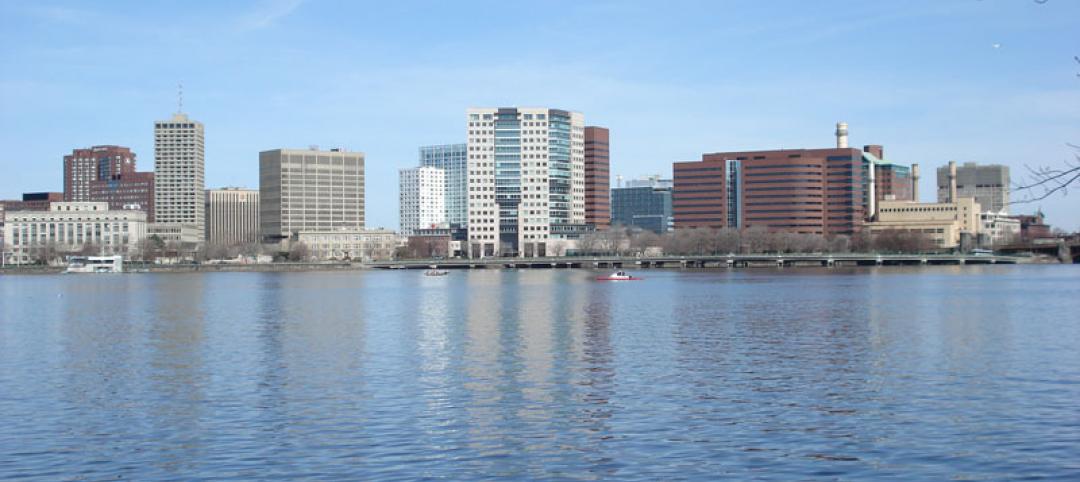The U.S. Green Building Council (USGBC) released a new LEED pilot credit designed to increase transparency in timber supply chains and reduce the risk of illegally harvested wood entering the supply chain.
Development of the Timber Traceability LEED pilot credit was led by a team of timber legality, forestry, and environmental representatives from organizations recognized for leading the fight against illegal logging. Transparency regarding the origin of timber, combined with the use of modern wood identification technologies, can significantly reduce the risk of illegal timber entering the supply chain, according to a USGBC news release.
Drawing on successful anti-counterfeiting initiatives in fashion and the global honey trade, experts believe that DNA, mass spectrometry, and stable isotope analysis can help wood to be traced from end product to its forest origin. This will make it significantly more difficult to falsify documentation about where the timber was harvested.
“Many of the most destructive illegal logging operations around the world depend on masking the true identity and origin of the wood, and this initiative by USGBC tackles that problem directly by incentivizing the latest wood ID technologies,” said Alexander von Bismarck, executive director, Environmental Investigation Agency. “Implementing this credit can lay a foundation to ensure that green buildings don’t become unwitting hiding places for wood stolen from the last great forests of the world.”
Related Stories
Codes and Standards | Dec 2, 2019
New GBCI certification recognizes expertise in sustainability
Provides third-party verification of competency to ‘making the world more economically, socially, and environmentally sustainable.’
Codes and Standards | Dec 2, 2019
New tool allows users to learn how to reduce embodied carbon
Calculator delivers first digitized EPDs.
Codes and Standards | Dec 2, 2019
Trade group challenges St. Petersburg, Fla., ordinance on construction contract mandates
Legality of requirement to hire apprentices, disadvantaged workers at issue.
Building Owners | Dec 2, 2019
What building owners and AEC teams need to know about New York’s Climate Mobilization Act
On April 18, 2019, the New York City Council passed the Climate Mobilization Act, a suite of laws aimed to meet the city’s commitment to achieving carbon neutrality by 2050.
Codes and Standards | Nov 26, 2019
Updated ASHRAE standards focused on ventilation design, air quality in residential applications
Standard 62.1 and 62.2 updates provide new tables of ventilation rates per unit area.
Codes and Standards | Nov 25, 2019
Real estate professionals say coworking is not a flash in the pan
More than 60% say coworking space is in their portfolios.
Codes and Standards | Nov 22, 2019
Utility’s proposal threatens California’s rooftop solar mandate
Would allow customers to use solar farms instead of installing their own PVs.
Codes and Standards | Nov 21, 2019
Number of LEED commercial building projects surpasses 100,000
More than 2.6 million sf of space being certified each day.
Codes and Standards | Nov 19, 2019
Most U.S. voters support licensing standards for architects
NCARB survey shows strong support for architecture as a licensed profession.
Codes and Standards | Nov 18, 2019
Cambridge, Mass., teams up with utility on energy retrofit program
Buildings large than 25,000 sf targeted in initiative to further carbon neutrality goal.

















